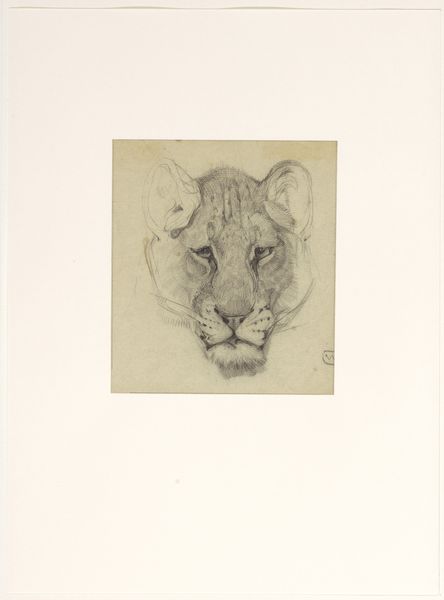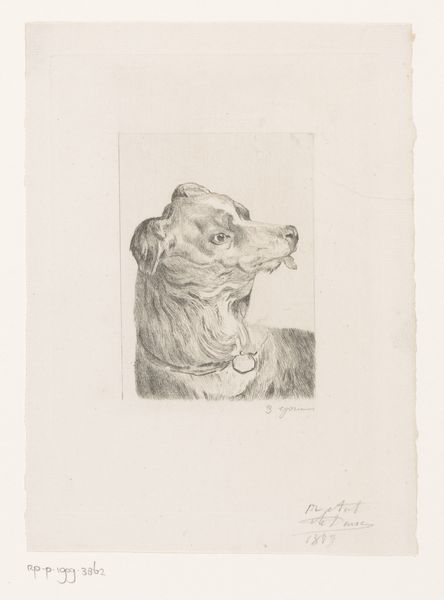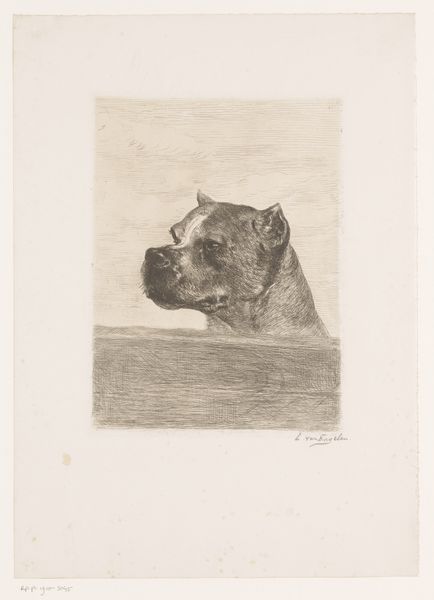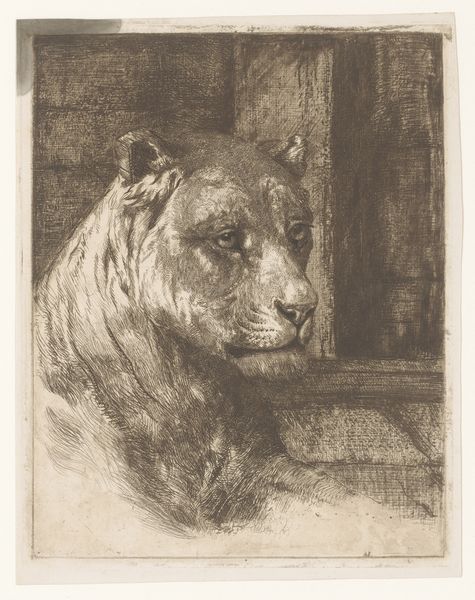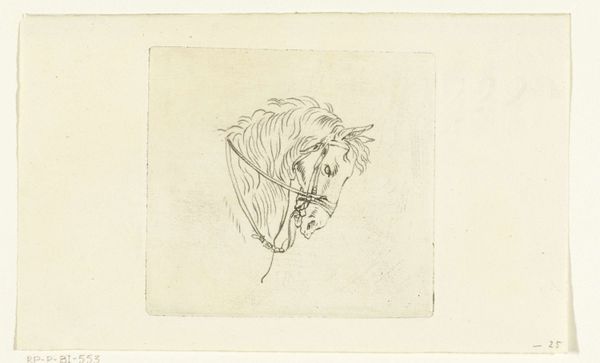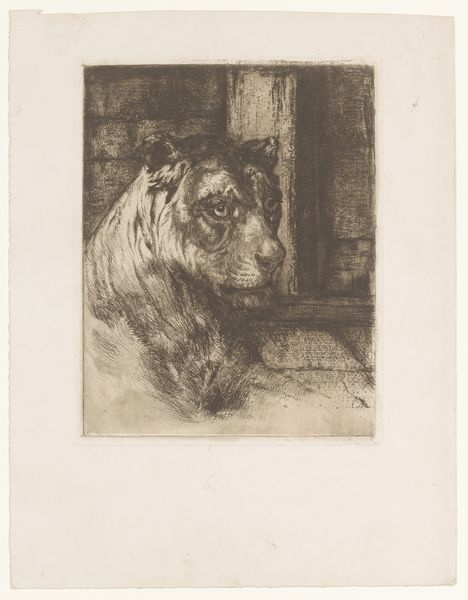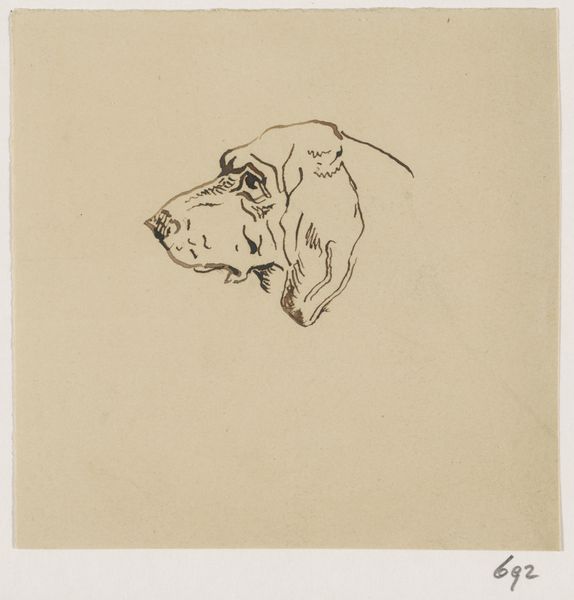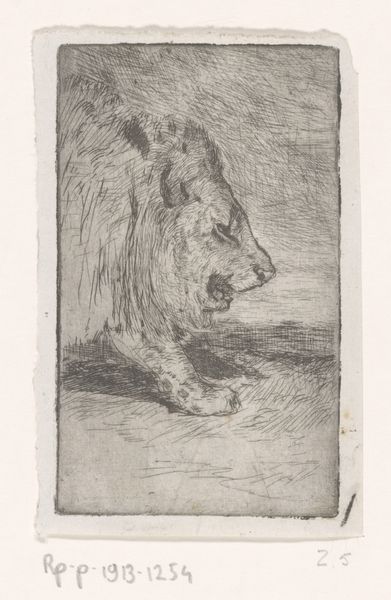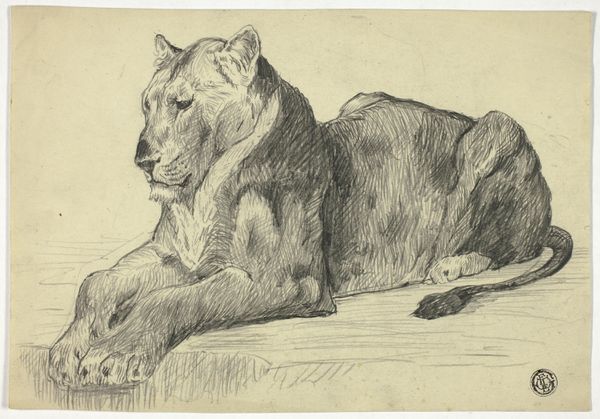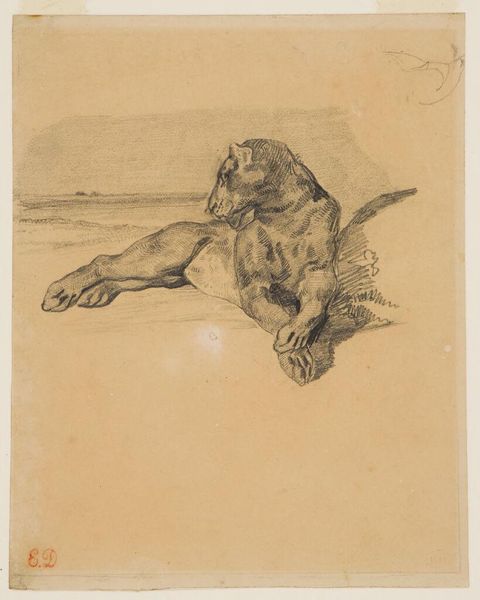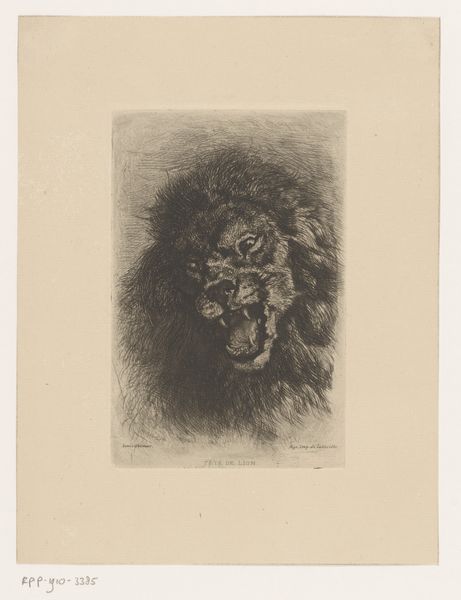
drawing, pencil, graphite
#
portrait
#
pencil drawn
#
drawing
#
light pencil work
#
animal
#
shading to add clarity
#
pencil sketch
#
form
#
pencil
#
line
#
graphite
#
pencil work
#
realism
Dimensions: height 150 mm, width 154 mm
Copyright: Rijks Museum: Open Domain
Editor: Here we have "Head of a Lioness," a pencil and graphite drawing by Bernard Willem Wierink, dating from 1866-1939. There's a delicate, almost fragile quality to it. What draws your eye, looking at it from your perspective? Curator: I'm immediately struck by the materials and the process. It’s a "pencil sketch," yet consider what goes into acquiring pencils, paper, and then honing the skill required for this realism. This wasn’t readily accessible to all, even in Wierink’s time. How does the accessibility of artistic materials shape who gets to create, and whose stories are told? Editor: That's an interesting point! I hadn't really thought about the material constraints. Curator: And consider the social context that allowed Wierink to dedicate his time to sketching a lioness. What structures are in place that let him have that luxury and how it’s intrinsically linked to labor and access, isn't it? What narratives of power and leisure does it hint at? Editor: So, you’re saying the very existence of this drawing speaks volumes about the society that produced it, far beyond just being a "realistic" sketch? Curator: Precisely! The lioness is presented without a defined background which can encourage reflections on art for art’s sake and further fuel our interpretation around what can be classified as art. Does the artist's choice of form as opposed to theme matter? It begs the question, who and what are deemed worthy of representation, and what does it say about us as a society when an artist prioritizes only the 'head' of this animal as his focus? Editor: I see. So, beyond just appreciating the aesthetic quality of the drawing, we should also think about the systems of labor and resources that made it possible and about artistic agency as a social class construct? Curator: Exactly. It prompts us to interrogate our assumptions about art and artistic expression as products of complex material conditions. What narratives are privileged through the selection, production, and consumption of art materials? Editor: This has completely changed how I look at something as seemingly simple as a pencil drawing! Thanks! Curator: It's about looking beyond the surface to the intricate web of social and material forces that give rise to art. Glad to share this perspective.
Comments
No comments
Be the first to comment and join the conversation on the ultimate creative platform.
